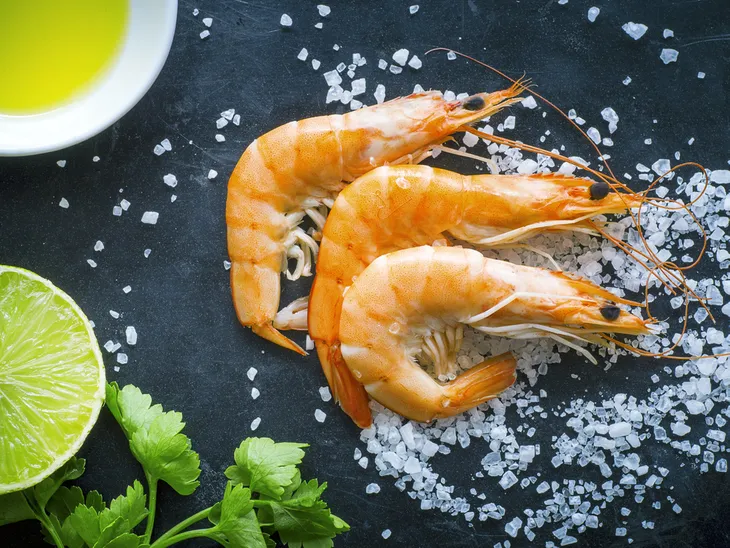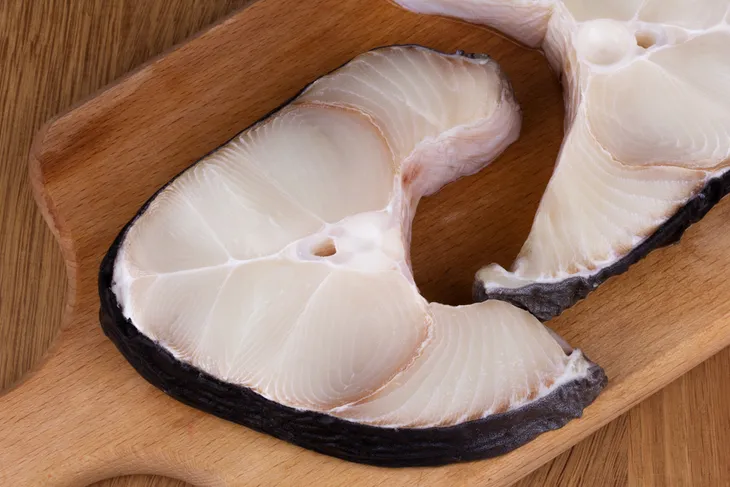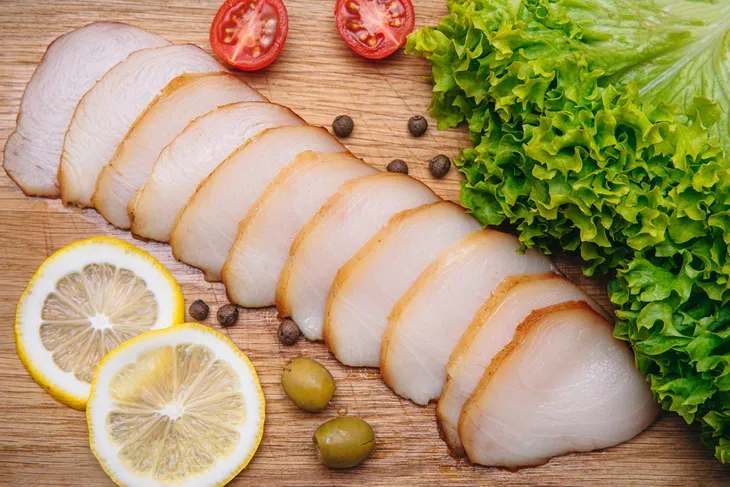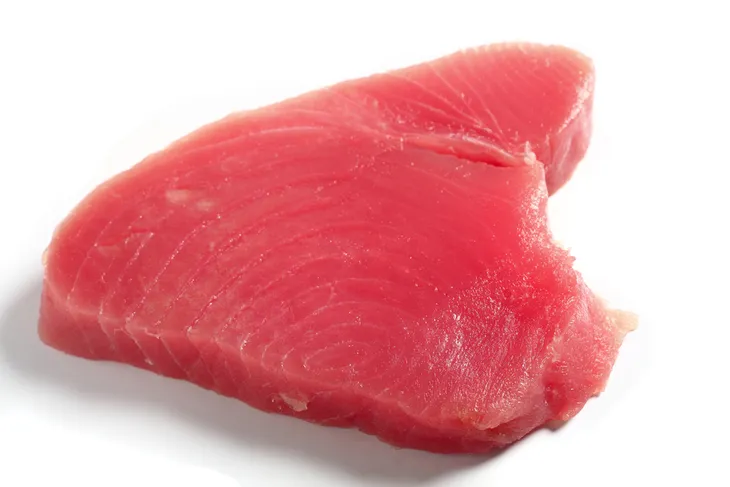When it comes to eating seafood, the United States Department of Agriculture (USDA) is urging Americans to eat more! However, while several studies indicate that Americans are missing out on the vitamin- and protein-rich benefits of seafood and shellfish, it is important to have a guide to help you make better and smarter choices at the supermarket and fish market. When it comes to sustainability-minded and health-conscious consumption, knowledge goes a long way into purchasing the perfect piece of fish.
Plus, we can’t ignore media reports on seafood that include mercury and PCB levels, overfished species, local vs. imported, farmed vs. wild caught, frozen vs. fresh, bycatch, government regulations, fish fraud, and on and on and on…All this can make shopping at your local fish market almost as stressful as buying a house. While it would take several articles to delve into each of these issues, here are a few tips on what to look out for when it comes to your next shellfish or fish purchase to help make the next trip to the fish market a bit easier…
Imported Shrimp
If you eat the most consumed seafood in North America, you’re consuming an excellent source of protein that’s low in both calories and saturated fats. However, be aware that contaminants have been found in imported shrimp that stem from the way it is grown, according to major study from Consumer Reports, the world’s largest independent consumer-advocacy organization.
The study indicates that while U.S. government standards are in place to regulate both domestic and foreign shrimp (namely the FDA’s Seafood HACCP regulatory system), shrimp are still often farmed in shallow pools and can be packed in very tightly, with as many as 150 shrimp grown in a single square meter. This can lead to unsanitary conditions that may negatively affect the shrimp and the surrounding ecosystem. That doesn’t mean you shouldn’t eat shrimp, but for your safest bet, opt for U.S. shrimp from the Gulf of Mexico or shrimp farms on the West Coast.
Shark
One might enjoy a certain thrill if given the chance to devour the most feared fish of the sea. Sharks, after all, have been the so-called scourge of the beach for generations. While in reality shark attacks are actually much less frequent than the popular imagination believes they are, there is actually another and much more credible reason to fear the shark. It turns out sharks have a dangerously high level of mercury in their systems. You are much more likely to be harmed by eating a shark than you are swimming on Martha’s Vineyard, the famous location of Jaws.
The reason sharks have such a high level of mercury is that mercury finds its way up the food chain. And sharks are at the top of the underwater food chain. So all the mercury that is swimming around in the sea gets concentrated in this aqua predator, which is why the FDA has for years advised people not to eat shark more than once a month.
Mahi Mahi
The thing about Mahi Mahi is that if you are going to eat it, you need to make sure that it was handled properly from the moment it was caught until the moment you bite into it. Here is why. Mahi Mahi is part of the Scombridae family and these fish have a propensity to decompose without giving off the same signals as other fish (i.e., bad smells, certain looks, etc.). Once they begin decomposing, which is immediately, they start to develop histamine, a highly poisonous substance that will make you very sick.
The problem is that Mahi Mahi can have high levels of histamine, but not appear spoiled. Furthermore, the FDA warns that with Mahi Mahi the usual signals of spoiled fish can be “modified, reduced, or eliminated by thermal processing.” In other words, crafty fish merchants or unsavory chefs have the means to conceal the true state of this fish and could potentially risk your wellbeing trying to sell off their stock before it becomes unsellable.
Swordfish
Similar to shark, swordfish can have a high rate of mercury because it is a predator of the sea and much of the mercury present in aquatic life works its way up the food chain. In fact, due to this fact, the FDA urges women who are pregnant, might-be pregnant, and/or breast feeding to steer clear of swordfish (as well as shark, king mackerel, and tilefish). That being said, pregnant and breastfeeding women can still get their seafood fix from other fresh catches, like salmon, which is rich in valuable omega-3 content.
Another problem with swordfish is the way that it’s often caught. While the U.S. government has imposed strict regulations that have stabilized both the population depletion in the Atlantic and the bycatch issues in the Pacific, these rules can get murky when it comes to foreign-caught swordfish. Bycatch can be a major problem with swordfish because these fish are caught using long lines that snare a number of other aquatic species including sea turtles, sharks, and seabirds. When these species get pulled onto the boat, they are then just tossed overboard as trash. When purchasing, stick with U.S. caught swordfish. So if you’re looking to buy swordfish at your local fish market, seek out sources caught by harpoon or hand line, which have the lowest amount of bycatch possible.
Escolar
Escolar is a fish that has grown in popularity due to its low mercury content and wonderfully buttery taste, hence its other name Butter Fish. Its escolar’s succulent buttery taste, however, that proves to be the main problem for those that consume it. Here is why. Escolar, which is a type of snake mackerel, ingests a diet high in wax esters, which have a similar chemical makeup as triglycerides. Escolar cannot digest wax esters, however, and the substance builds up in the fish’s flesh. This is actually part of what makes the fish so tasty.
The problem is that people cannot really digest this substance either. This is why those who eat escolar tend to find it has a—to be polite—laxative effect, sometimes extreme in nature. Wax ester is actually similar to castor oil, a substance sometimes used to induce labor. Unlike castor oil, however, escolar is banned in Japan and Italy and comes with warning labels in Canada, Sweden, and Denmark due to its unanticipated effects on the digestive system. Clearly, this is an “Eat at Your Own Risk” fish. If you do, however, stick to a portion under 6-ounces.
Imported Catfish
According to best-selling author, Paul Greenberg, who wrote the book, American Catch: The Fight for Our Local Seafood, imported catfish from Vietnam and China has come under fire for farming methods. For instance, Greenberg noted in this interview with NPR’s Fresh Air, the Vietnam strain of Catfish, known as pangasius, is often found living underneath outhouses because they help filter human waste.
Catfish can also breed and survive in incredibly cramped living conditions, which make them a profitable fish crop, but not necessarily the cleanest of fish farms. This harms both the surrounding ecosystem and the actual fish. According to a Consumer Reports article entitled, “Mystery Fish”, numerous testing has revealed drugs, contaminants, and chemicals to be commonly found in imported catfish. There is also the problem of mislabeling, which means that your catfish might not actually be catfish, while that more expensive cod you bought might instead be catfish. As a rule, always read labels and check your fish sources thoroughly.
Bluefin Tuna
The reason you should avoid Bluefin tuna is because you have already had your share. We all have. Bluefin is the type of tuna you will probably get whenever you order the tuna roll at a sushi restaurant. In order to meet the explosion in sushi demand over the past 20-years, fishers have trolled the seas relentlessly for this sought after fish and now this fish is creeping towards extinction. Despite serious steps being taken over the past decade to combat the overfishing of specifically Pacific Bluefin, a 2015 report by Japan’s National Research Institute of Far Seas Fisheries indicates that the Bluefin population has plunged to its lowest population numbers on record.
There are also issues with the bycatch. Bluefin is usually caught with longlines or purse seines, both of which snare a serious amount of bycatch, including dolphins, sea turtles and other aquatic species. The bycatch impact is magnified due to the sheer amount of Bluefin getting caught. When it comes to tuna, one of America’s go-to fish, stick with U.S. caught albacore and yellowfin, preferably, types that are poll or troll caught, both of which greatly reduce by catch.










